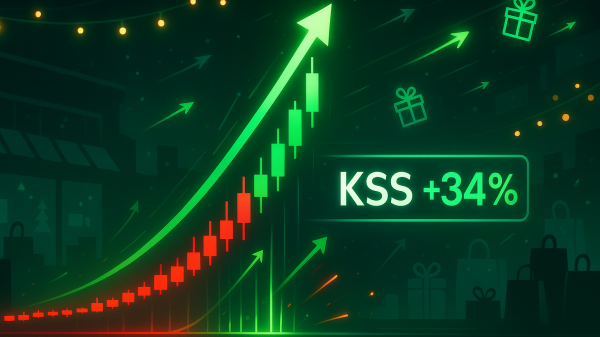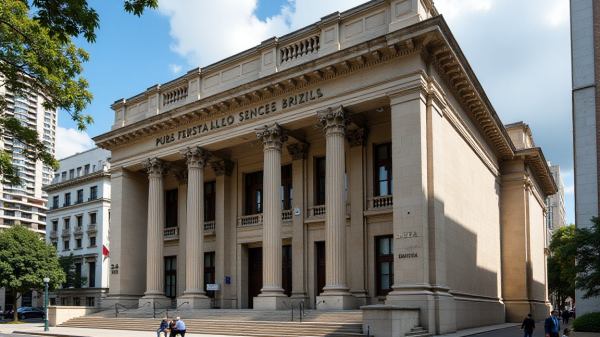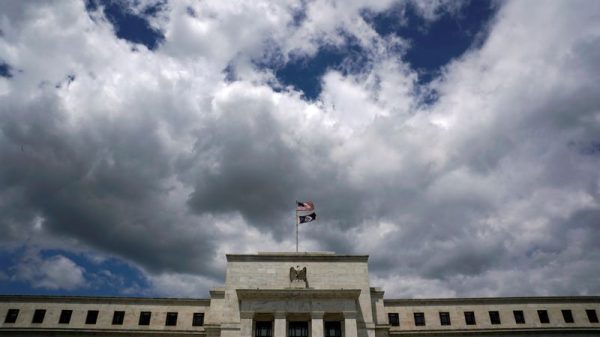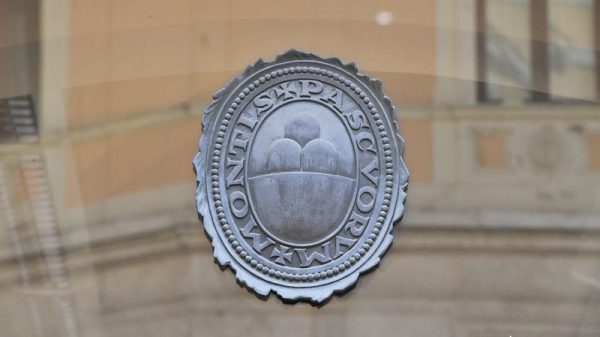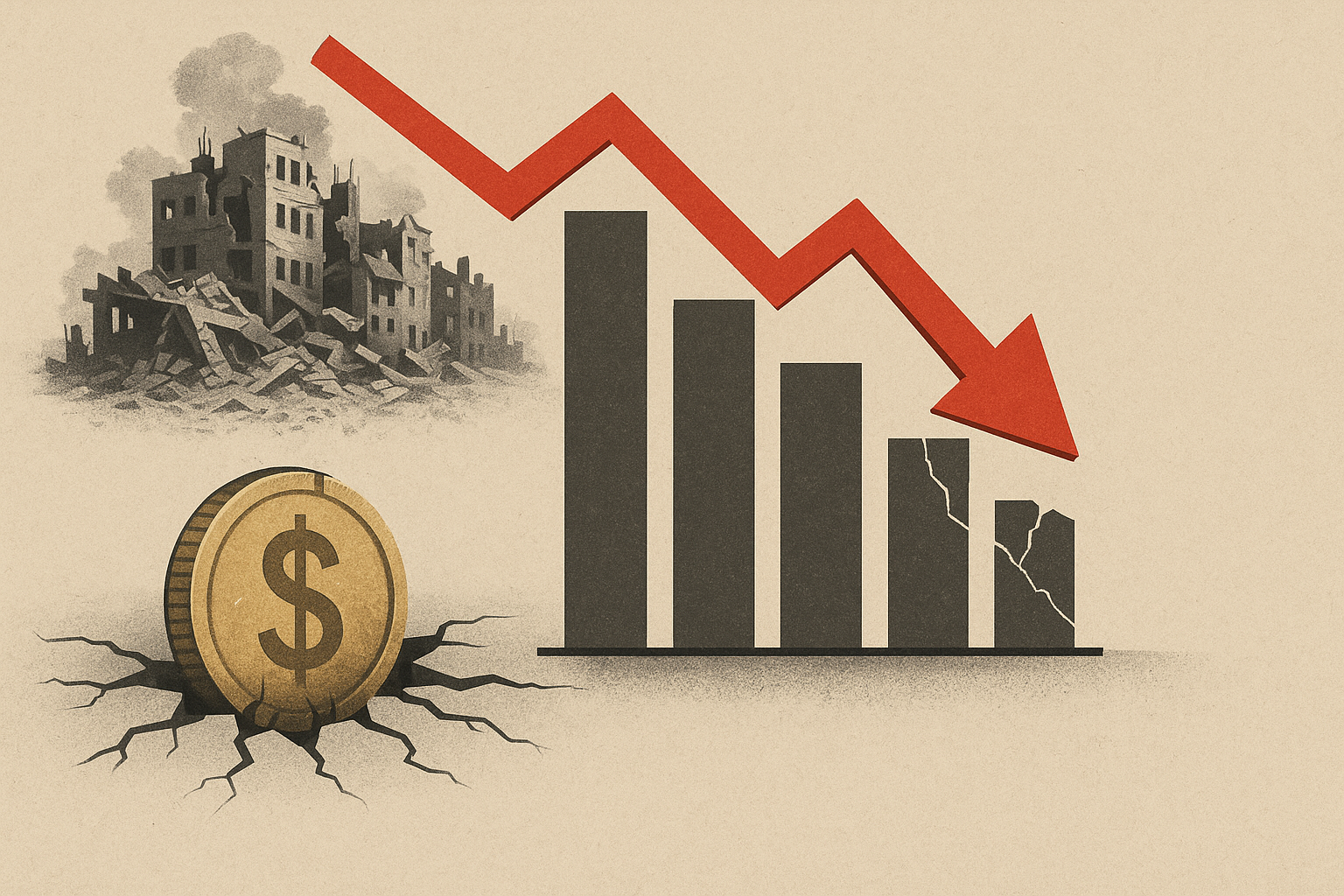Gaza has experienced one of the fastest and most severe economic collapses in modern history.
New data from the UN Trade and Development agency (UNCTAD) shows that two years of war, combined with long-standing restrictions, have erased decades of development and pushed every single person in Gaza into poverty.
The scale of destruction has left the territory without functioning infrastructure, weakened state finances, and removed almost all sources of income.
What happened to Gaza’s economy
Gaza’s economy contracted by about 83% in 2024, falling to an annual GDP of roughly $362 million.
With GDP per capita dropping to $161 a year, economic activity has reached one of the lowest levels seen anywhere in the world.
According to UNCTAD, the collapse has pushed all 2.3 million residents of Gaza below the poverty line.
The physical destruction is enormous. By April 2025, about 70% of all structures in Gaza had been damaged. This includes homes, schools, hospitals, water systems, power networks, factories, roads and public buildings.
Satellite-based night-time light data shows economic activity falling by 73% between October 2023 and May 2025.
Why the collapse happened
The two-year war is the central cause, but it hit a system that was already fragile.
Gaza’s economy relied on limited industrial activity, small-scale manufacturing and restricted trade routes.
Once the conflict escalated, factories shut down, supply chains broke, electricity became unreliable, and movement controls tightened further.
Businesses lost access to raw materials. Workers could not reach their jobs. Farms, workshops and warehouses were destroyed.
Major infrastructure systems such as telecommunications, water supply and transport corridors stopped functioning normally.
Long-standing restrictions on movement, trade and investment intensified the damage and limited the possibility of a quick recovery.
Government finances deteriorated at the same time.
Public debt reached $4.2 billion, while unpaid bills and arrears rose to $1.38 billion.
This reduced the authorities’ ability to provide services or support early recovery efforts.
Impact across the occupied Palestinian territory
The economic shock extends beyond Gaza.
Across the occupied Palestinian territory, GDP has returned to 2010 levels, and GDP per capita has dropped back to 2003 levels, removing more than twenty years of development progress.
UNCTAD also projects a fall in the human development index from 0.716 to 0.643.
This reverses a quarter century of gains in health, education and income.
The West Bank has also been affected by reduced movement, declining economic opportunities and increasing pressures on businesses.
These conditions have slowed trade and weakened labour markets, placing further strain on households that were already at risk.
What recovery will look like
Rebuilding Gaza will be a long-term challenge. UNCTAD estimates reconstruction needs more than $70 billion.
This reflects the scale of damage to homes, public buildings, infrastructure networks and productive sectors.
Even in stable conditions with sustained international support, returning to pre-war production levels could take decades.
The collapse has also created severe humanitarian consequences.
Unemployment in Gaza has risen to about 80%, inflation has reached around 238% and households face critical shortages of essential goods and services.
The post Gaza’s economy collapse explained: how war pushed 2.3M people into poverty appeared first on Invezz







